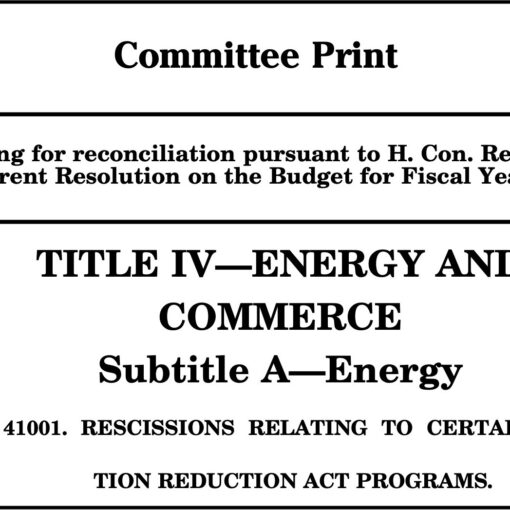Ethan I. Strell, Esq.
Associate Director & Fellow
The Columbia Center for Climate Change Law (CCCL) submitted comments today on the United States Nuclear Regulatory Commission’s “Waste Confidence Draft Generic Environmental Impact Statement” (DGEIS), which concerns the storage of highly radioactive spent nuclear fuel at individual power plants beyond the duration of each plant’s operating license. CCCL’s comments focus on the DGEIS’s lack of analysis of how future climate conditions could affect the safety of these high level nuclear waste storage facilities.
“Waste Confidence” refers to the Commission’s confidence that permanent disposal of nuclear waste can be accomplished when it is needed. Currently, spent nuclear fuel is stored on-site at nuclear reactors beyond the duration of plants’ operating licenses. The Waste Confidence Rule stems from a 1976 petition by NRDC to halt the licensing of nuclear plants until the Commission could guarantee the permanent, safe disposal of spent nuclear fuel. In denying NRDC’s petition, the Commission stated that “it is neither necessary nor reasonable for the Commission to insist on proof that a means of permanent waste disposal is on hand at the time reactor operation begins, so long as the Commission can be reasonably confident that permanent disposal (as distinguished from continued storage under surveillance) can be accomplished safely when it is likely to become necessary.” 42 Fed. Reg. 128, 34391, July 5, 1977.
Although Congress had directed the Department of Energy in 1982 to create a deep geologic repository for high level radioactive waste at Yucca Mountain in Nevada, the Obama administration was opposed to Yucca Mountain and the Department of Energy withdrew its license application in 2010. Because no waste repository exists, highly radioactive spent nuclear fuel is stored on site at nuclear power plants across the country. In the absence of a permanent repository, waste will be stored on-site indefinitely, and this high level waste will remain dangerous for thousands of years.
As part of the authorization process for on-site waste storage, the Commission periodically updates its Waste Confidence Rule. In June of 2012, the DC Circuit appellate court invalidated the Commission’s 2010 Waste Confidence Decision Update, and directed that the Commission comply with the National Environmental Policy Act (NEPA) by completing an environmental impact statement or a finding of no significant impact. New York v. Nuclear Regulatory Commission, 681 F.3d 471 (D.C. Cir. 2012).
CCCL commented on two aspects of the DGEIS’s analysis of the effects of future climate change on the storage of spent nuclear fuel: (1) the NRC’s limitation of its analysis to only the “short-term timeframe” of 60 years, and (2) the sea level rise projections used in the DGEIS.
CCCL argued that limiting the analysis to just the short-term timeframe does not satisfy NEPA because spent nuclear fuel remains dangerously radioactive well beyond 60 years and the prospects of a completed and operational permanent waste repository for spent nuclear fuel within 60 years are speculative.
CCCL also argued that the discussion of sea level rise was insufficient. The DGEIS relied on dated sources that did not account for uncertainty in sea level rise projections and may underestimate risk. Also, the DGEIS merely looks at static sea level rise, which ignores risks due to more frequent and severe flooding. CCCL pointed to data showing that a number of coastal nuclear power plants potentially subject to sea level rise and storm surge, are located in highly populated areas of the country.


